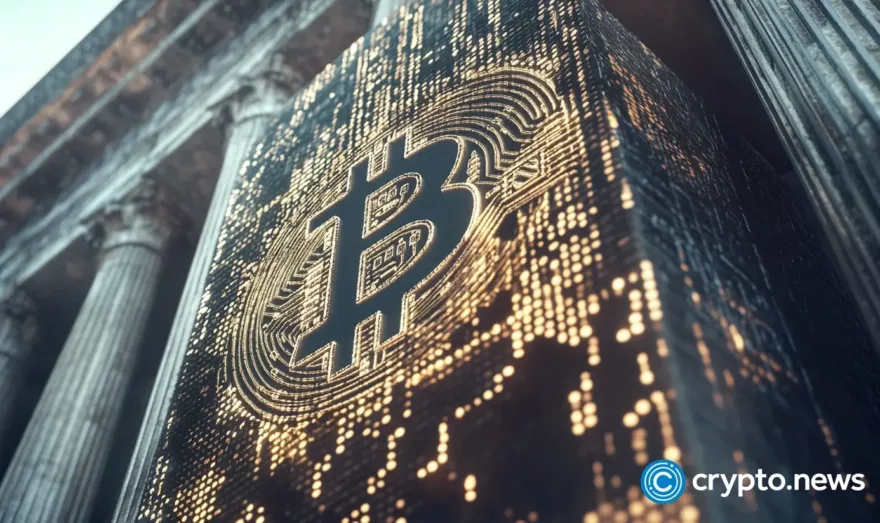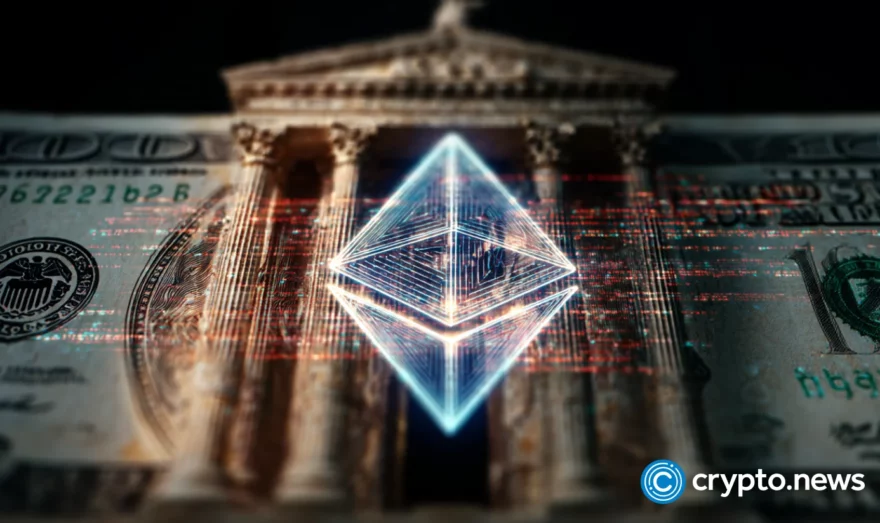The DS (Digital Securities) Protocol: Securitize’s Infrastructure for Tokenized Securities

Cryptocurrency has come under serious scrutiny following incoming regulation and legislation. Despite this, however, things remain legally unclear for cryptocurrencies overall as well as token offerings and blockchain-issued assets in particular.
While it would make sense to abide by the existing frameworks in reference to securities and issued assets, the problem in this approach is that with the ever-changing nature and consistently volatile atmosphere of the sector, it is hard for developers to always adhere to these rapid changes.
How can developers, scientists, and everyday users of an antiquated system aim towards advancing its respective progress in a somewhat limiting environment? The leading company behind the digitization of existing business models, Securitize, aims to solve this stagnancy through the Digital Securities (DS) protocol.
Digital Security Ideology
Securitize, the company behind the DS protocol, is a company that currently works to digitize existing company frameworks. Digitization is essentially the process of taking a company’s revenue stream, dividend issuance, and shareholder voting events and making them all computerized. In an attempt to facilitate this for all existing developers, the DS protocol was born.
Digital Securities are simply cryptocurrencies that are issued via smart contracts that abide by an existing jurisdictions legal framework for securities. While this can be potentially restrictive within a decentralized ideology, at the moment there exists no other way.
Developers of smart contracts, regardless of which framework, are in many cases split into two main categories: Those who are in favor of adapting to existing securities frameworks, and those who are against such conformity. Some developers have thus attempted to bridge this supposed gap, and the DS protocol is one such attempt.
The concept behind digital securities is that once placed on a blockchain, a security can offer better investor confidence compared with existing traditional security frameworks.
Additionally, immutability, cost-saving, and a multitude of efficient factors can play in helping securities operate more efficiently when digitized. The current world of digital securities is underdeveloped and struggling to move forward.
DS Protocol Infrastructure Flexibility
When the concept and push for smart contracts were introduced by Ethereum, the possibility for entirely digital assets was born. There were limitations, however.
Regulatory uncertainty, technological capability, and digitization instantiation all lacked in the native Ethereum smart contract infrastructure. Although the technology enabled a possibility for sub-issuance of an existing immutable object, such as inclusive smart contract tokens, there lacked simple flexibility.
The DS protocol aims to offer this flexibility in the developer framework. The ability for versatility in this sort of environment tends more to the side of legal compliance and regulatory adhesion. The reasoning for this is simple: Different jurisdictions have different regulations, and a single static framework for asset issuance such as Ethereum doesn’t follow all existing jurisdictions.
Through the DS Protocol, the goal is, according to the white paper, to offer flexibility in its core infrastructure so that developers can digitally adapt to existing regulatory frameworks. At the moment, abidance to current regulatory frameworks is possible with Ethereum, however not digitally. This example should help to clarify this confusing topic a bit better.
If a user wants to conduct a law-abiding private offering via a smart contract in the United States with a native Ethereum infrastructure, they are completely able to do this. However, everything outside of asset issuance has to be done manually, not digitally, thus slowing down the process.
The simple reasoning is that Ethereum wasn’t built to be a digital security. This isn’t necessarily a bad thing, either. It just wasn’t the intention of the creators of Ethereum.
The proposed flexibility within the DS protocol works, in the exact words of Securitize, as the natural Ethereum protocol, “extended with more, convenient capabilities.”
DS Protocol Pillars
The DS protocol is essentially composed of four main services that form together to form its entirety. These are as follows:
- The Trust Service: This pillar focuses entirely on participants within a digital security. The concept behind the digital security framework is exactly that of a traditional security, only computerized to enable the security issuance process in a more efficient way. The trust component of the protocol is instantiated to allow for management between the stakeholders of a security. This portion focuses on management relations: Whitelisting certain investors, enabling those who’ve completed KYC, and banning those who do not meet certain baseline standards.
- The Registry Pillar: The registry pillar within the DS protocol aims at providing the world’s first on-chain ledger of approved or denied potential investors/participants in a securities’ offering.
- The Compliance Pillar: This service within the protocol offers higher-level flexibility. Dependent on the approved jurisdiction for which the digital security is to be offered, the compliance pillar offers a customizable framework. If there is a certain investor sophistication requirement in the United States for the proposed offering, but not in Portugal, for instance, Ethereum’s oracles can be implemented in coordination with the compliance pillar of the DS framework to enable per-location basis.
- Communication Service: In a traditional securities framework, one has shareholder meetings, where investors in a company gather and take votes and interact with the company, essentially giving them a say in how the company functions. The compliance service pillar in the DS protocol aims to dial in on enabling event coordination, communications to all participants, and ensuring that there is necessary, and arguably deserved, transparency for investors.
Protocol Availability, Implementation, and Future Integration
It should be noted that while potentially advantageous in security offering settings, the Securitize framework is not available for public commitment unlike many repositories in the blockchain development atmosphere. This has raised potential controversy from community members believing that a closed-end development environment, such as the DS protocol, would be harmful to the decentralized nature of blockchain and cryptocurrency.
Regardless, the protocol has caused quite a stir within the development ecosystem regarding its potentially customizable digital security offering framework.











